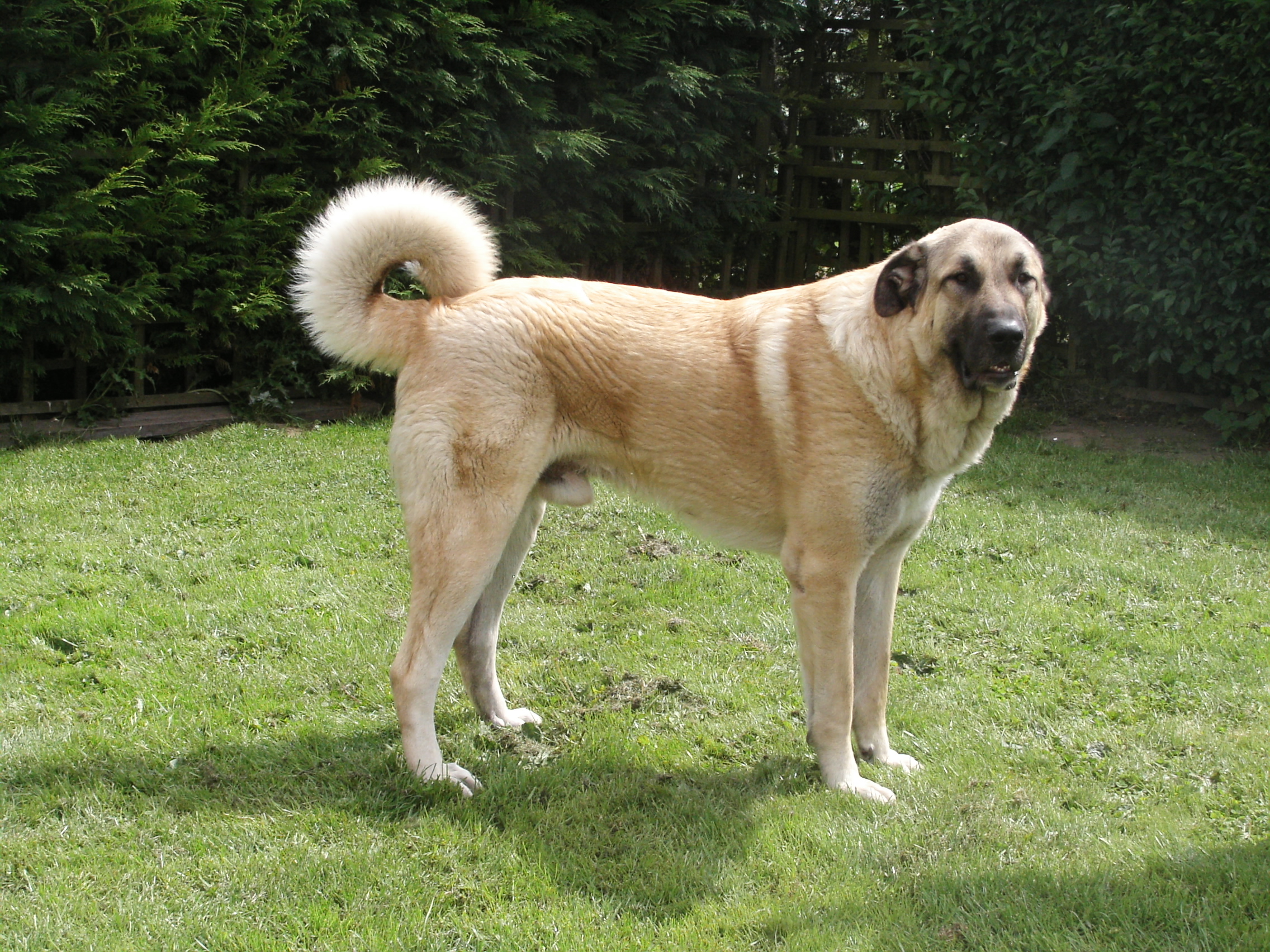
The Breed History
An ancient and rare breed, perhaps 6,000 years old, these Central
Turkish guard dogs have a commanding presence. In the 1950s first
imports to the USA occurred. The AKC registry accepted the breed
in 1998.
Breeding for Function
They were resident in a harsh environment, withstanding
temperature extremes to carry out flock protection against large
predators. This led to a hardy, large working dog that could endure
long days of work.
Physical Characteristics
Height at Withers: female 27" (68.5 cm), male 29" (73.5 cm)
minimum.
Weight: females 80-120 lb (36.5-54.6 kg), males 110-150 lb
(50-68 kg).
Coat: Two coat variants exist; the Short and the Rough. Rough
is about 4" (10) cm in length, while Short is 1" (2.54 cm). The
undercoat is dense. Some feathering may be present. Color or
markings are not limited in this breed, but fawn with a dark mask is
common.
Longevity: 12 years.
Points of Conformation: They possess a rugged build, large body
frame with heavy muscling and bone, the head is large and the
skull has small furrow in the midline. The flews are dry. Eyes are
dark brown to amber and almond in shape, palpebral margins
dark. Blue or odd irises are not allowed. The ears are triangular, the
apex is rounded, and they are folded along the head. The muzzle
is square, the nose is dark (brown or black), the neck is moderate
in length and musculature, and with a ruff of skin and fur. The
topline slopes down towards the croup, Thorax is deep and the
ribs are well sprung, and an abdominal tuck up is present. The tail
reaches the tarsi, and is high set. At rest, the tail is curved along the
back of the legs, and when active it is up high and moves to do a
"wheel" movement. Limbs are straight, metacarpals heavy, oval feet
have thick pads, and are compact. Some specimens have double
dewclaws in back. Dewclaws front and back may be removed. Gait is
smooth and long in stride, ground-covering with significant agility.
Recognized Behavior Issues and Traits
Traits ascribed to the breed include: Works well independently, loyal,
aloof towards strangers and new territory, calm unless acting in
defense of the family or flock, an excellent guard dog but can be
fierce in protection. Needs early obedience training to counteract
the intelligent self-direction (strong willed) nature it possesses. A
reserved attitude is not discouraged. Not considered a companion
dog primarily.
Typically a heavy shedder, and they can be a bit clumsy in small
areas. Lots of exercise is recommended. Allow them only a free
run in enclosed areas. Good with other dogs if raised with them,
though they can be territorially aggressive. Tolerate quiet children if
socialized to them early.
Normal Physiologic Variations
None reported
Drug Sensitivities
Anatolian Shepherds are reported on the ASDCA website to be
sensitive to anesthetics. A reduction in dosage may be required.
Inherited Diseases
Hip Dysplasia: Polygenically inherited trait causing degenerative
joint disease and hip arthritis. OFA reports 10.2% affected.1
Elbow Dysplasia: Polygenically inherited trait causing elbow
arthritis. OFA reports 4.5% affected.
Patella Luxation: Polygenically inherited laxity of patellar
ligaments, causing luxation, lameness, and later degenerative joint
disease. Treat surgically if causing clinical signs. Too few Anatolian
Shepherds have been screened by OFA to determine an accurate
frequency.
Disease Predispositions
Hypothyroidism: Inherited autoimmune thyroiditis. 9.5% positive
for thyroid autoantibodies based on testing at Michigan State
University. (Ave. for all breeds is 7.5%).
Ocular Disorders: Too few Anatolian Shepherds have been CERF
examined to determine the frequency of ocular disorders in the
breed. Entropion (rolling in of the eyelids with associated corneal
abrasion) is reported to occur at an increased frequency on the
ASDCA website.
Osteosarcoma (Bone Cancer): Reported at an increased incidence
in the breed on the ASDCA website.
Gastric Dilation/Volvulus (GDV, Bloat): Life-threatening twisting
of the stomach within the abdomen. Requires immediate veterinary
attention. Reported at an increased incidence on the ASDI website.
Complete Ventral Ankyloglossia (Tongue-tie): Multiple case
reports of a complete attachment of the lingual frenulum to the
floor of the oral cavity. In one report, three Anatolian Shepherds
(two full-brothers and one half-sister) presented at 8 months of age
with a history of excessive drooling and poor weight gain. Physical
examination revealed that the dogs were unable to protrude their
tongues properly, due to a thin tissue band between the sublingual
surface of the tongue and the floor of the oral cavity. This tissue
band extended from the lingual frenulum to the gingiva of the
mandibular incisors. All 3 dogs returned to normal function and
weight gain after the tissue band was transected. Unknown mode
of inheritance.
Distichiasis, Elbow Luxation, and Renal Dysplasia are reported.
Isolated Case Studies
Copper Toxicosis (Copper Storage Disease): Identified in a seven
year old male Anatolian shepherd with a history of progressive
weight loss and vomiting, and a finding of nodular hepatitis with
excessive copper accumulation.
Giant Cell Tumor: An eight-year-old female Anatolian Shepherd
dog presented with a malignant osteoclast-like giant cell tumor
arising from the hilus of the left kidney. Pathologically, the mass
was comprised of large osteoclast-like multinucleated giant cells
and spindle-spheroidal-shaped cells.
Genetic Tests
Tests of Genotype: none
Tests of Phenotype: Recommend hip and elbow radiographs, CERF
eye examination, thyroid profile including autoantibodies, patella
evaluation and cardiac evaluation.
Miscellaneous
- Breed name synonyms: Anatolian, Anatolian Karabash Dog,
Coban Kopegi (Turkish for Shepherd's dog), Karabas, Anatolian
Sheperd, Anatolian Shephard, Kangal Dog.
- Registries: AKC, UKC, KCGB (Kennel Club of Great Britain), ANKC
(Australian National Kennel Club), NKC (National Kennel Club)
- AKC rank (year 2008): 110 (373 dogs registered)
- Internet resources: Anatolian Shepherd Dog Club of America:
asdca.org
Anatolian Shepherd Dogs International: anatoliandog.org
Anatolian Shepherd Dog Club of Great Britain:
asdc-of-gb.netfirms.com
Photo Gallery of Breed - Anatolian Shepherd - Dog Breed
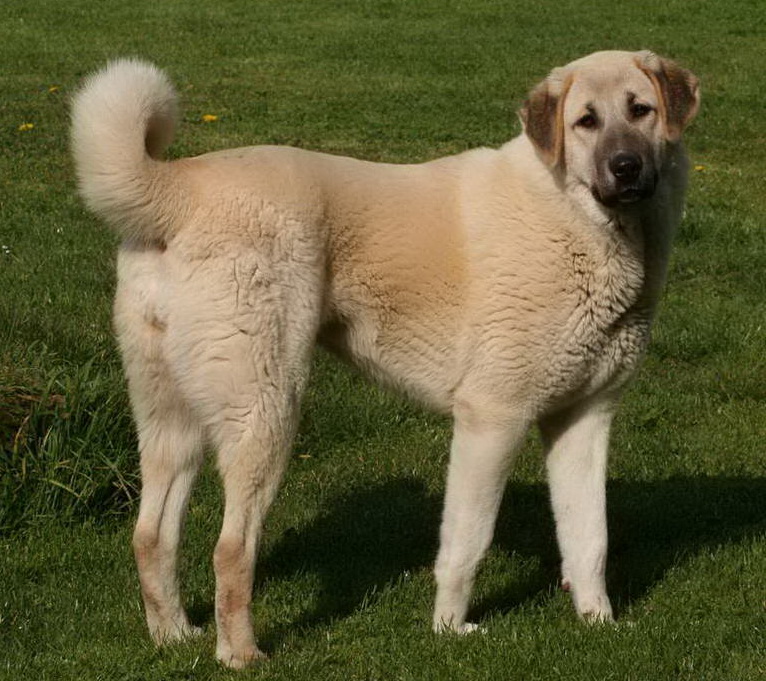
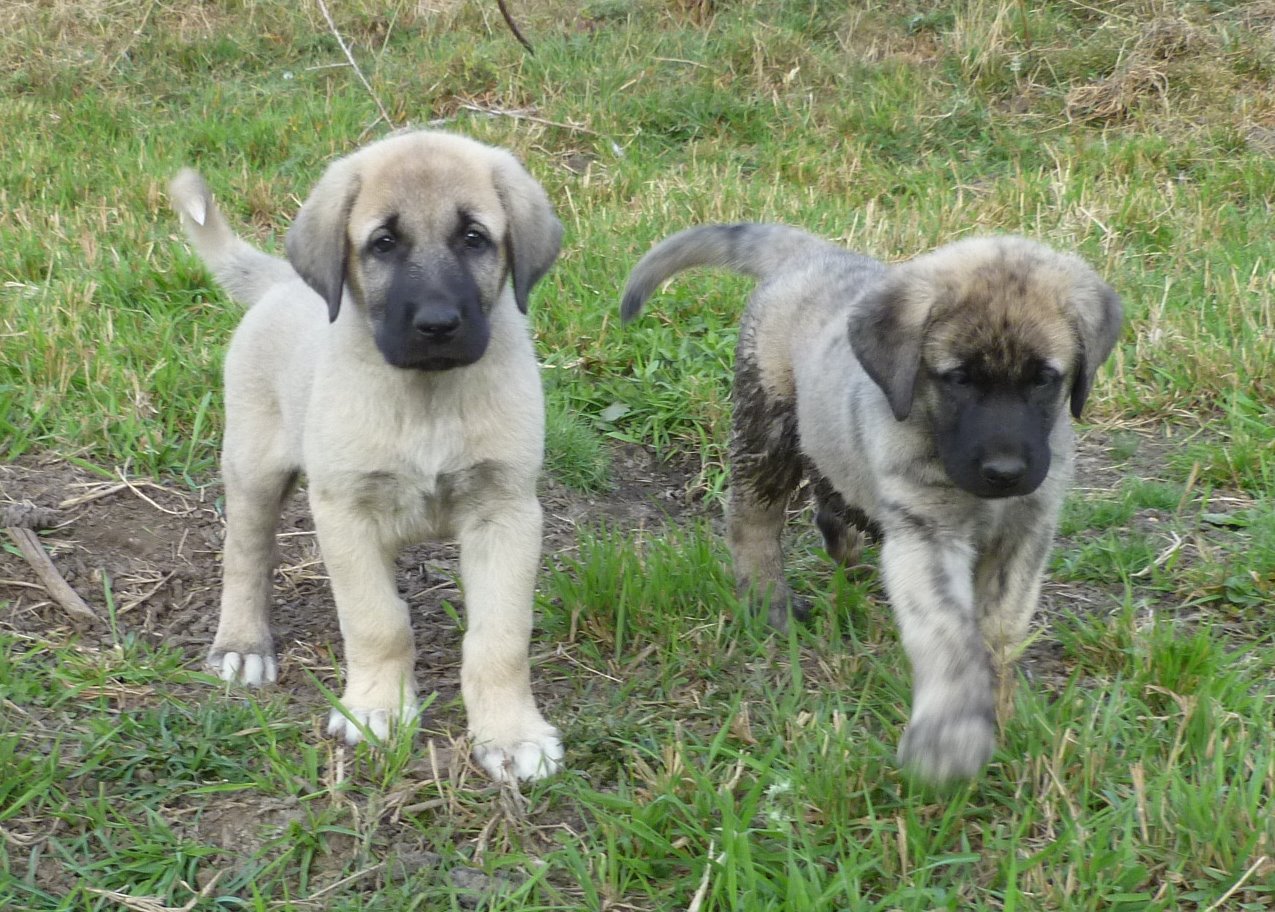
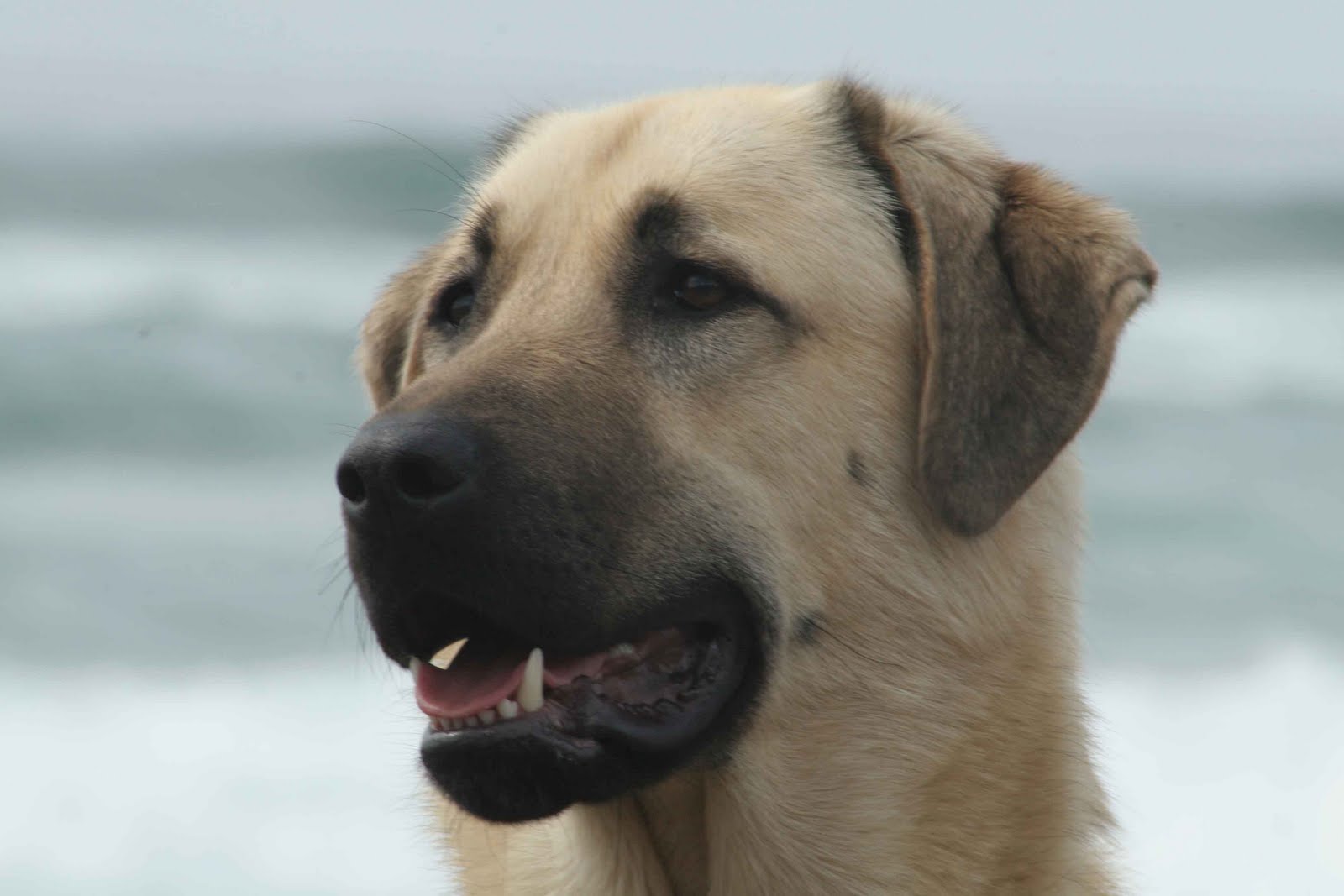
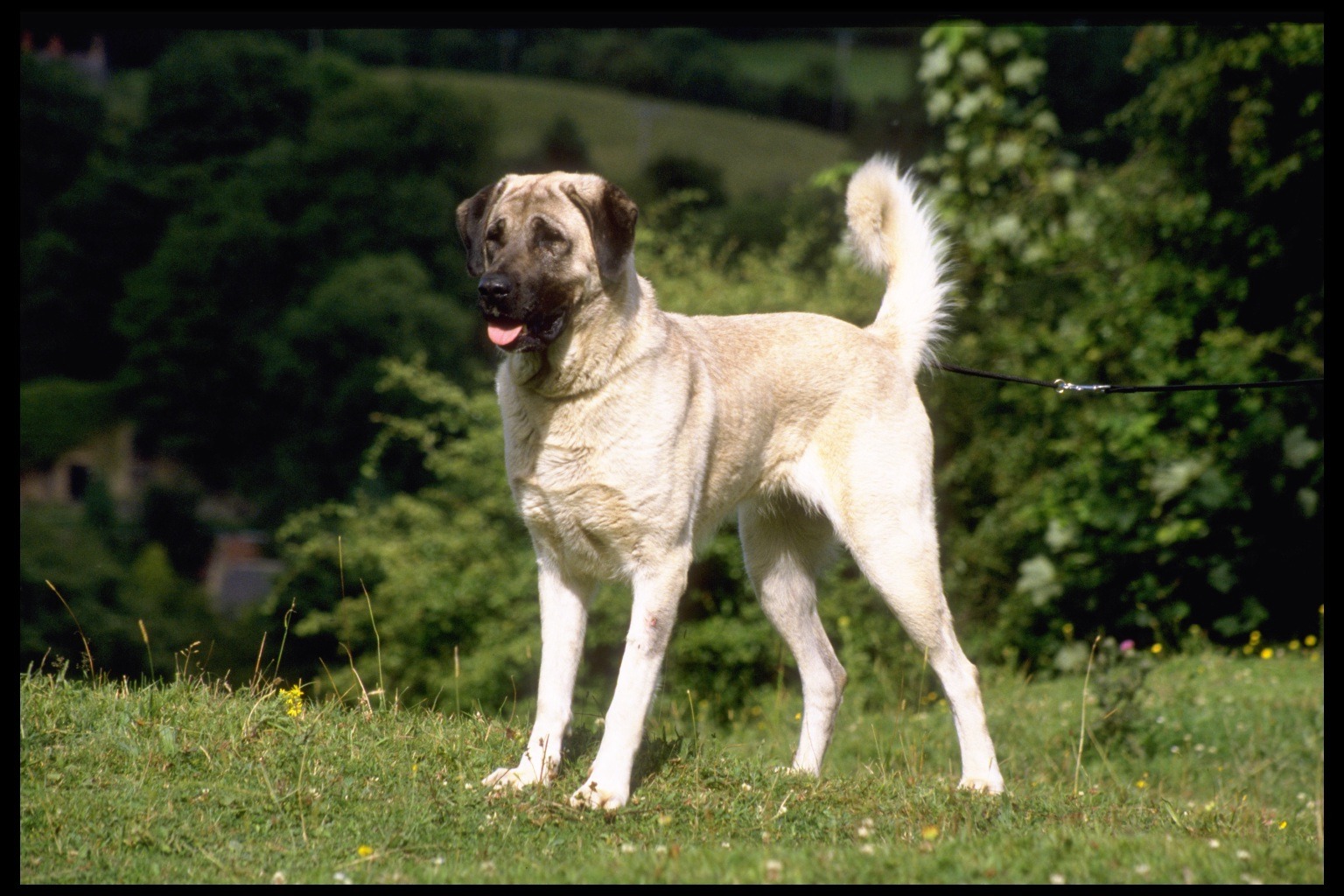
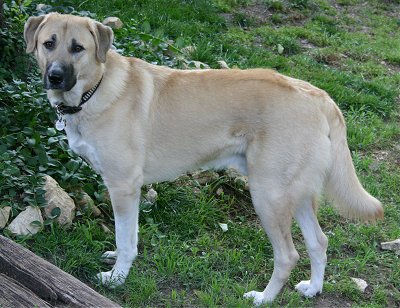

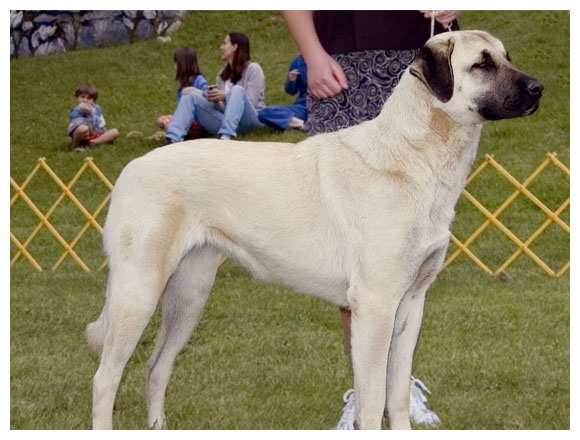

 Animalia Life
Animalia Life